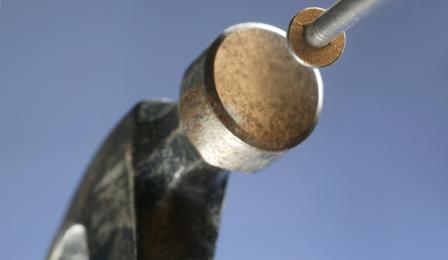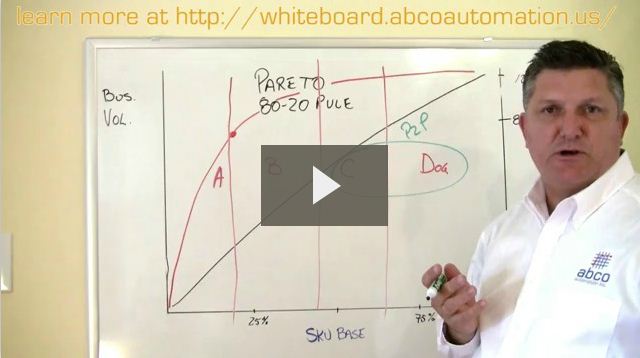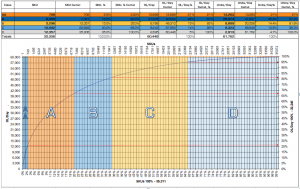The reason that a lot of distribution center design isn’t efficient or even fails completely can be summed up in one sentence.
If all you have is a hammer everything looks like a nail
Do you have a single-technology distribution center? Do you pick all your SKUs using the same method? If you do have a single technology distribution center you may be missing some huge opportunities for efficiency. Let’s explore why that is; and that means going to Italy.
The Italian economist Vilfredo Pareto first observed that 80% of the land in Italy was owned by 20% of the population. He also was able to apply it to the income in his country. Most of the money was controlled by a relatively small percent of the population.
Years later, business-management thinker, Joseph M. Juran, developed the 80/20 principle and named it after Pareto.
And this rings true across a great swath of the world: 20% of your customers account for 80% of your sales, 80% of your HR problems come from 20% of your workforce, etc. This also hold true in our world of distribution. In fact, there is a great deal of similarity between peas and your distribution center.
The 80/20 rule states that 20% of your SKU-base does 80% of your volume. That’s right: 80% of your volume is done by 20% of your SKUs. And conversely 80% of your SKUs do only 20% of your volume.
Only 20% of your SKUs make up 80% of your volume!
Ok great, so what does that have to do with your distribution center design? Well if you’re picking all of your SKUs the same way, then you are missing out on huge opportunities.
If you have a single-technology picking system you are assuming that every SKU that you add moves at the same rate as the last one you added. So you have a linear function on this curve, as demonstrated by the arrow to the right.
So proceeding with that thought as you add from 25% to 50% of your SKU base, you add from 25 to 50% more business volume.
You are assuming in your one-technology system that everything moves through the distribution center as the same rate.
But Pareto says 20% of my SKU base does 80% of my business volume. And it doesn’t really matter whether I measure my business volume in lines or pieces, however you want to metric your business volume, it really doesn’t matter…
Want to read the rest of the whitepaper? Download it here in less than 60 seconds!







